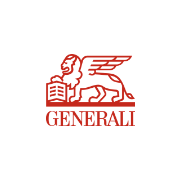Navigate on Generali.com
shortcut to press release
shortcut to financial figures
shortcut to financial calendar
shortcut to Generali stock
shortcut to career
go to HomePage
go to search
go to map
go to Italian version
go to English version
Main content





